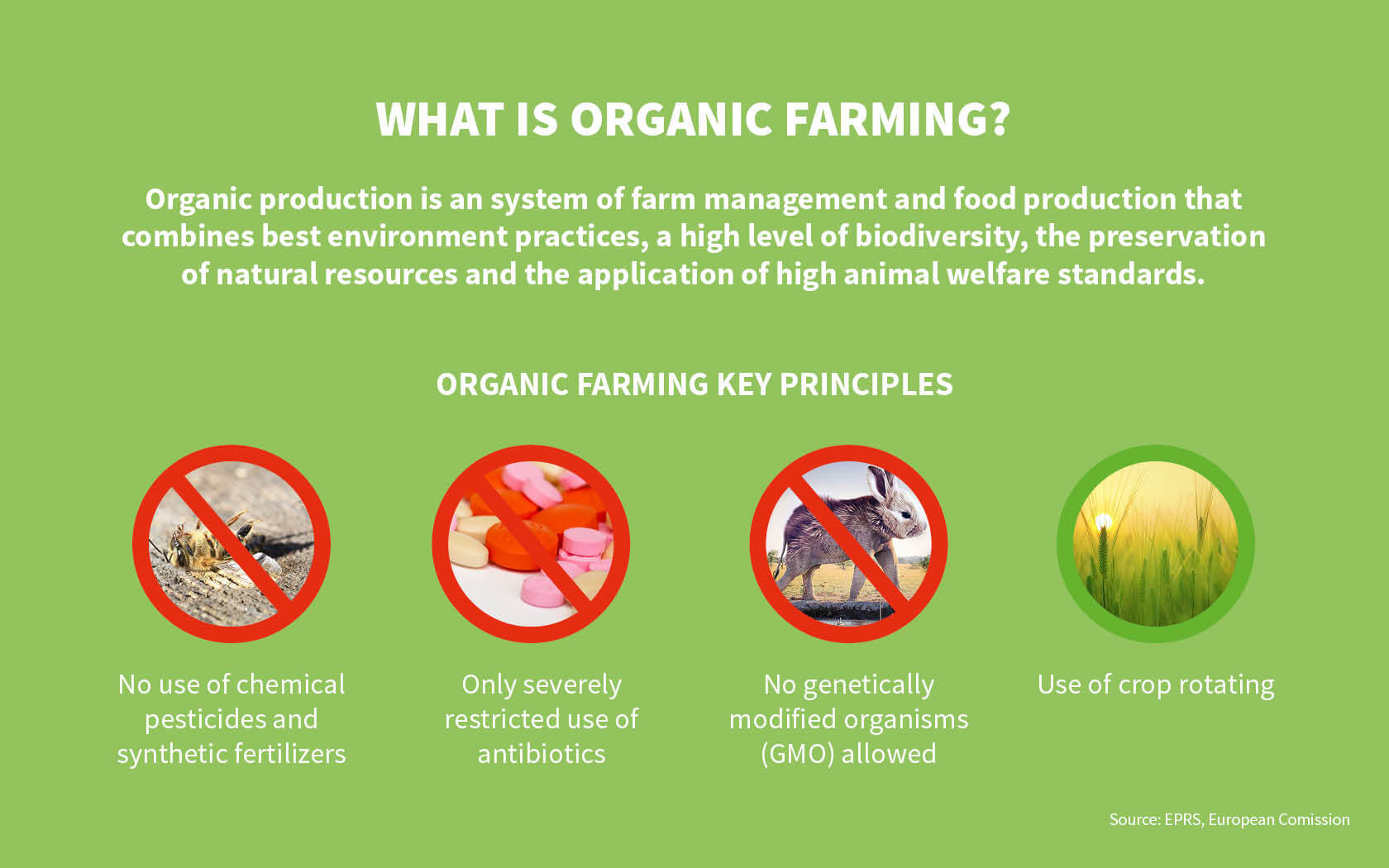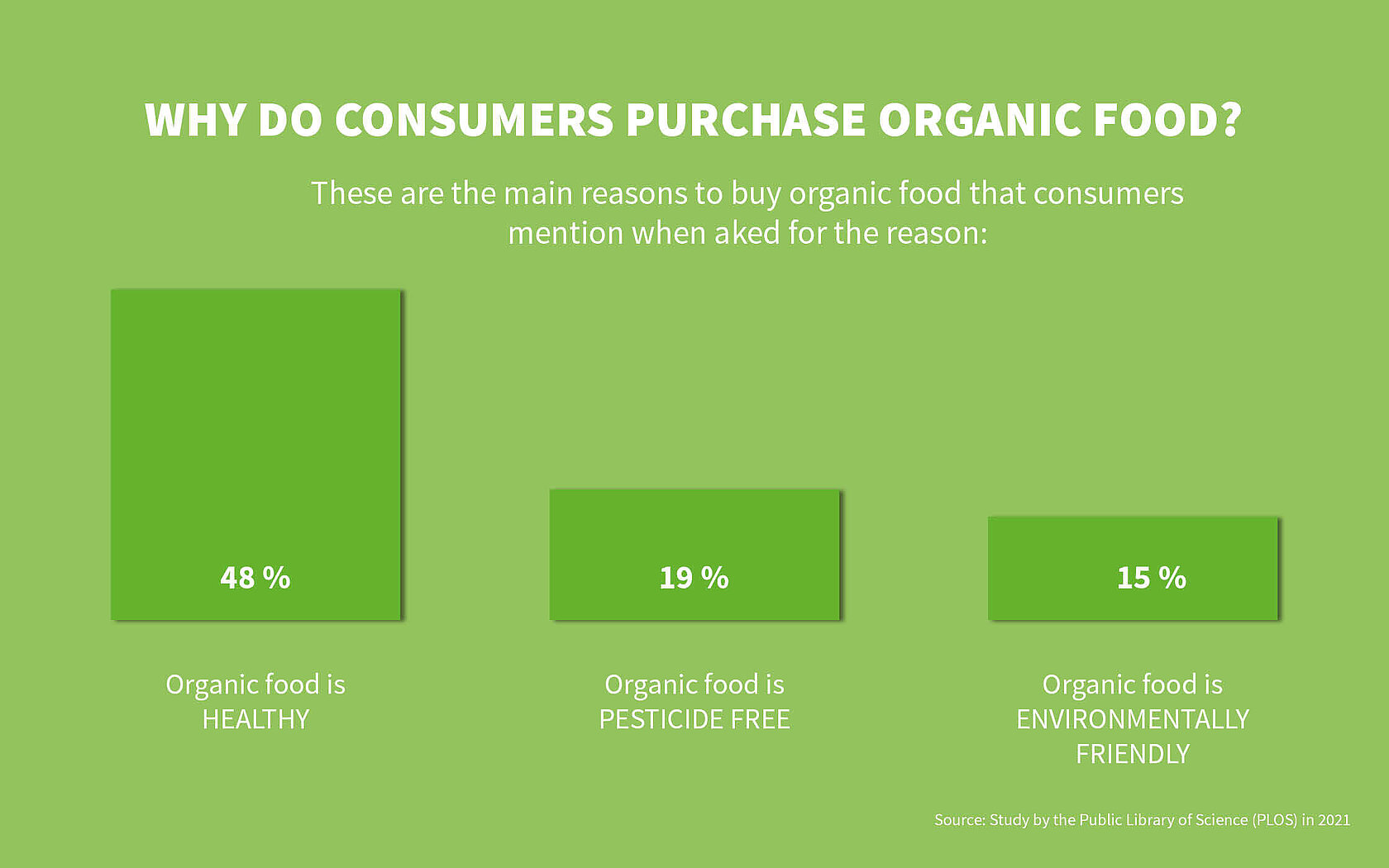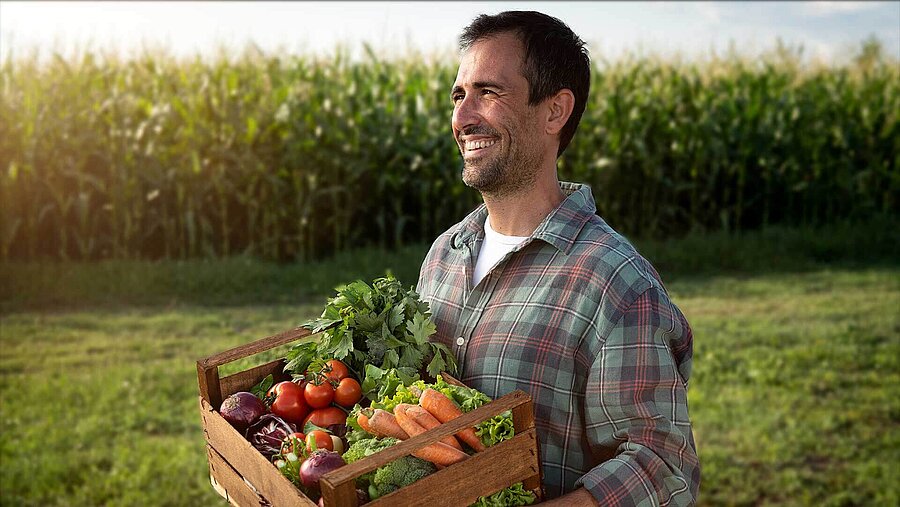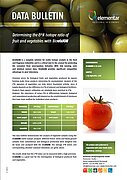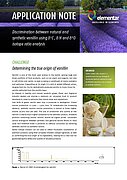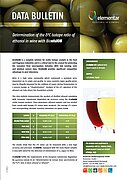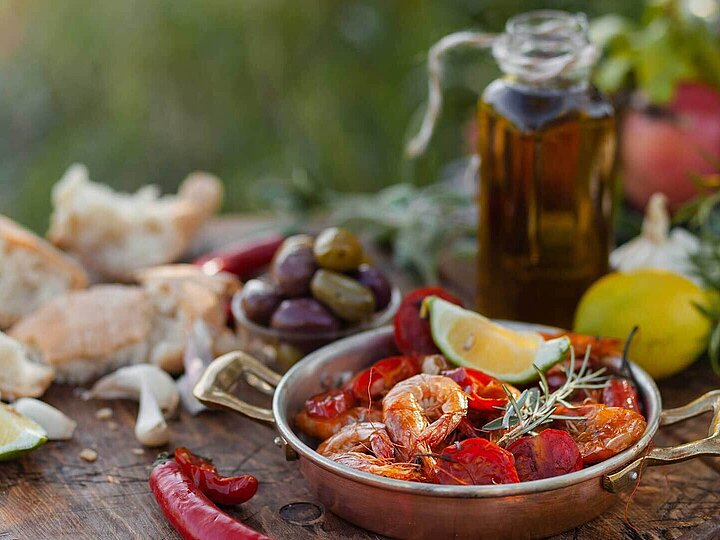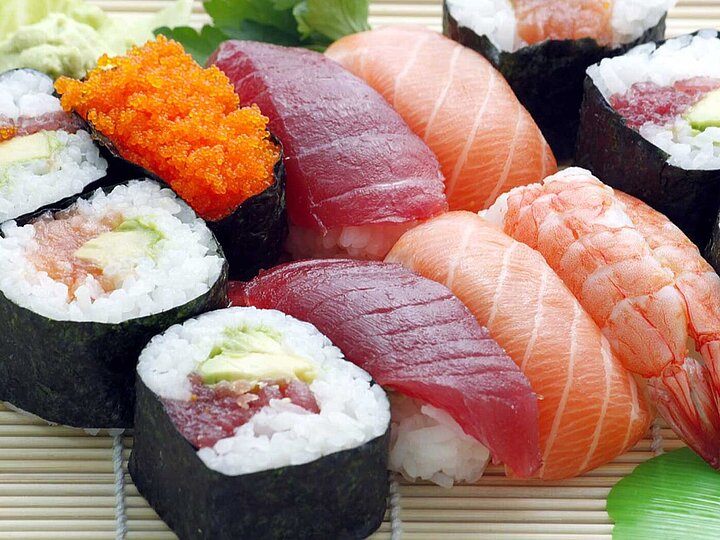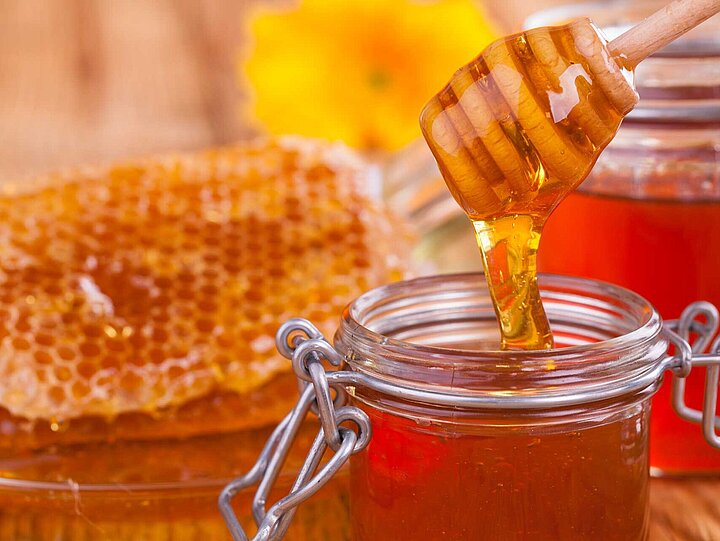Organic: To be or not to be
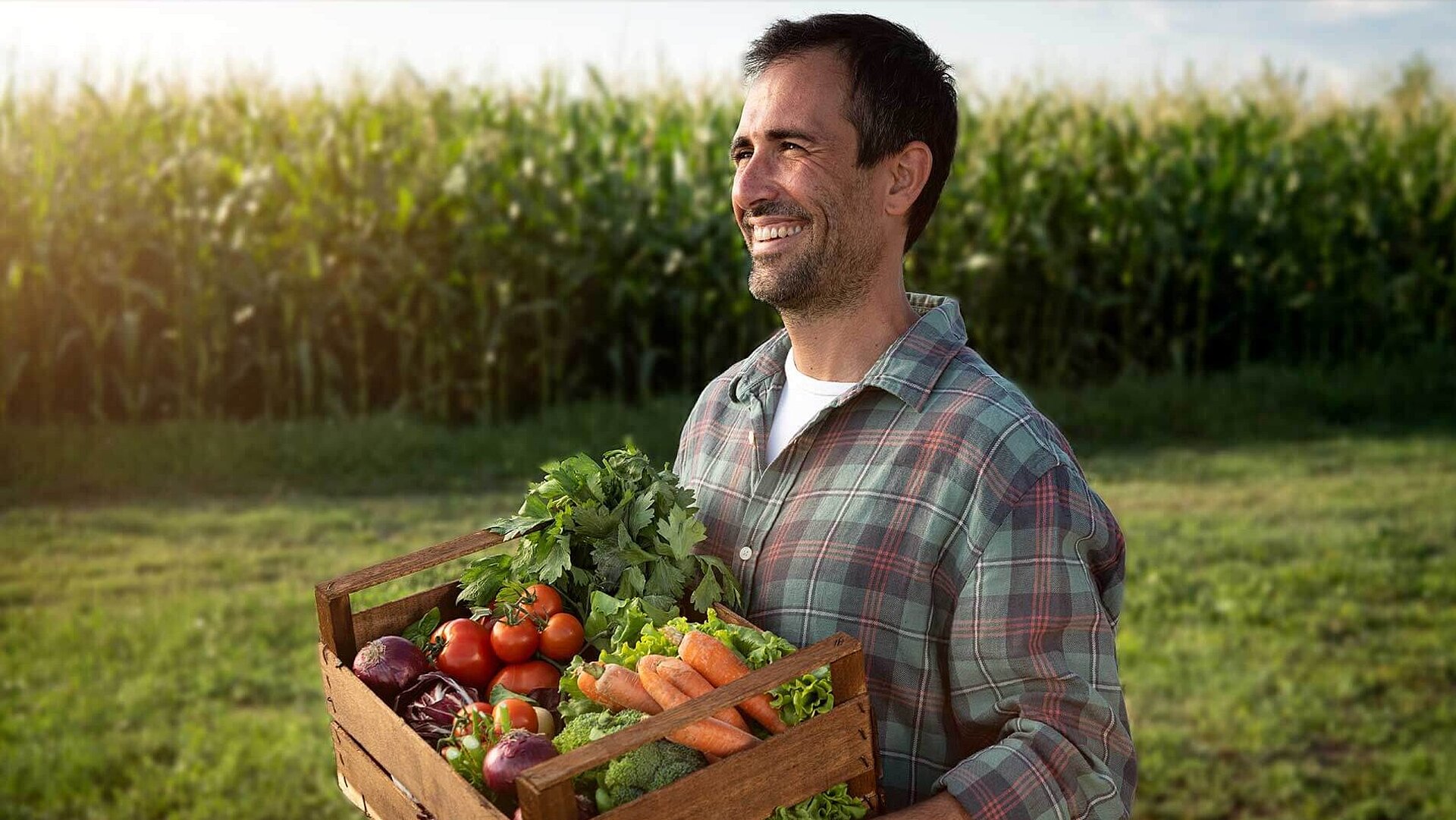
When we think of the term "organic", it’s usually associated with fruits, vegetables or other food products that are made naturally, with lower yields and greater health benefits. This often makes products that are labelled ‘organic’ more expensive and appeal to a consumer’s sense of wellbeing. But what does organic really mean? In many cases, it’s as much an emotional term as it is a legal certification or description. But how can we distinguish a product with a shiny feelgood label from something else that is seemingly produced by more industrial means? What makes a product organic and how can we actually trust what the label says?
Determining organic authenticity
The answers can be found with the help of isotope ratio mass spectrometry (IRMS) and the work of Professor Yuan Yu-wei of the Zhejiang Academy of Agricultural Sciences (ZAAS). He uses stable isotope and mineral element analysis for the identification of agricultural products and their geographical origin.
"Organic products must be produced in accordance with a series of standards and pass inspection and certification," Professor Yuan explains. "Pesticide residues, heavy metals and other indicators must meet requirements and the raw materials must be organic. While there are differing standards in various countries around the world, the International Federation of Organic Agriculture Movement (IFOAM) provides an important standard for the global development of organic agriculture and is the world's umbrella organization for the field."
Products labelled with an organic certificate are not necessarily real organic products.
Professor Yu-wei Yuan

Green is good
Why focus on organic? Professor Yuan is clear on his own preferences: "Personally, I think consumers should buy organic agricultural products based on the concept of promoting harmonious coexistence between man and nature, and green development. They should pay more for organic products. They are often healthier, better quality, more nutritious and safer products. It also encourages producers to make organic food to reduce environmental pollution and carbon emissions."
He’s not alone. In a study by the Public Library of Science (PLOS) in 2021, consumers were asked why they purchased organic food. The main reasons were that they thought it was ‘healthy’ (48 %), ‘pesticide free’ (19 %) and ‘environmentally friendly’ (15 %). Another study published in the journal Agriculture concluded that consumers had higher levels of trust in food labeled as ‘organic’ and saw it as a contribution towards supporting sustainable development.
Even though it may seem like a contradiction, organic is big business. Europeans spent over 45 billion Euros on organic food in 2019 and that figure is steadily growing. Stable isotope analysis lets us peek behind the organic curtain and doesn’t just provide consumers with confidence, but also helps secure commercial and food brand interests as well.
Food unmasked
"Products labelled with an organic certificate are not necessarily real organic products," Professor Yuan points out. "We can identify adulteration of honey by using δ13C analysis to detect the source of added C4 sugars such as corn syrup. δ15N can be used as an indication of the source of organic fertilizer. It is also possible to identify the origin of agricultural products such as wine and olive oil from Europe, tea from China, ginseng from South Korea, honey from New Zealand, etc. using carbon, nitrogen, sulfur, hydrogen or oxygen isotopes."
Professor Yuan’s team uses our EA-IRMS technology to study product safety, geographic origin, composition and, of course, whether something can be considered ‘organic’ or not. "In the past 20 years, the level of organic food identification technology has improved greatly from δ15N identification to the identification of multiple isotopes. Compared with other indicators, the value of δ15N is obvious, as the increased use of organic fertilizer leads to an increase of δ15N.
However, when organic fertilizer and chemical fertilizer are used simultaneously, the isotope values of using organic fertilizer alone can also be achieved," Professor Yuan outlines. "We look at a wide variety of factors, such as processing modes, fertilizer and the influence of light and temperature on the isotope ratios. For example, how different sample preparations can influence the CNSOH isotopes, including organic manure and chemical fertilizer on δ15N, and the influence of light and temperature on CNSOH isotopes."
Discover further information about the detection of food fraud
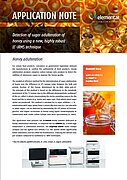
Do not miss any new articles
NEWSLETTER
We will constantly publish new blog articles. Register for our newsletter to stay up-to-date and get informed about latest blog articles, news and trends.

